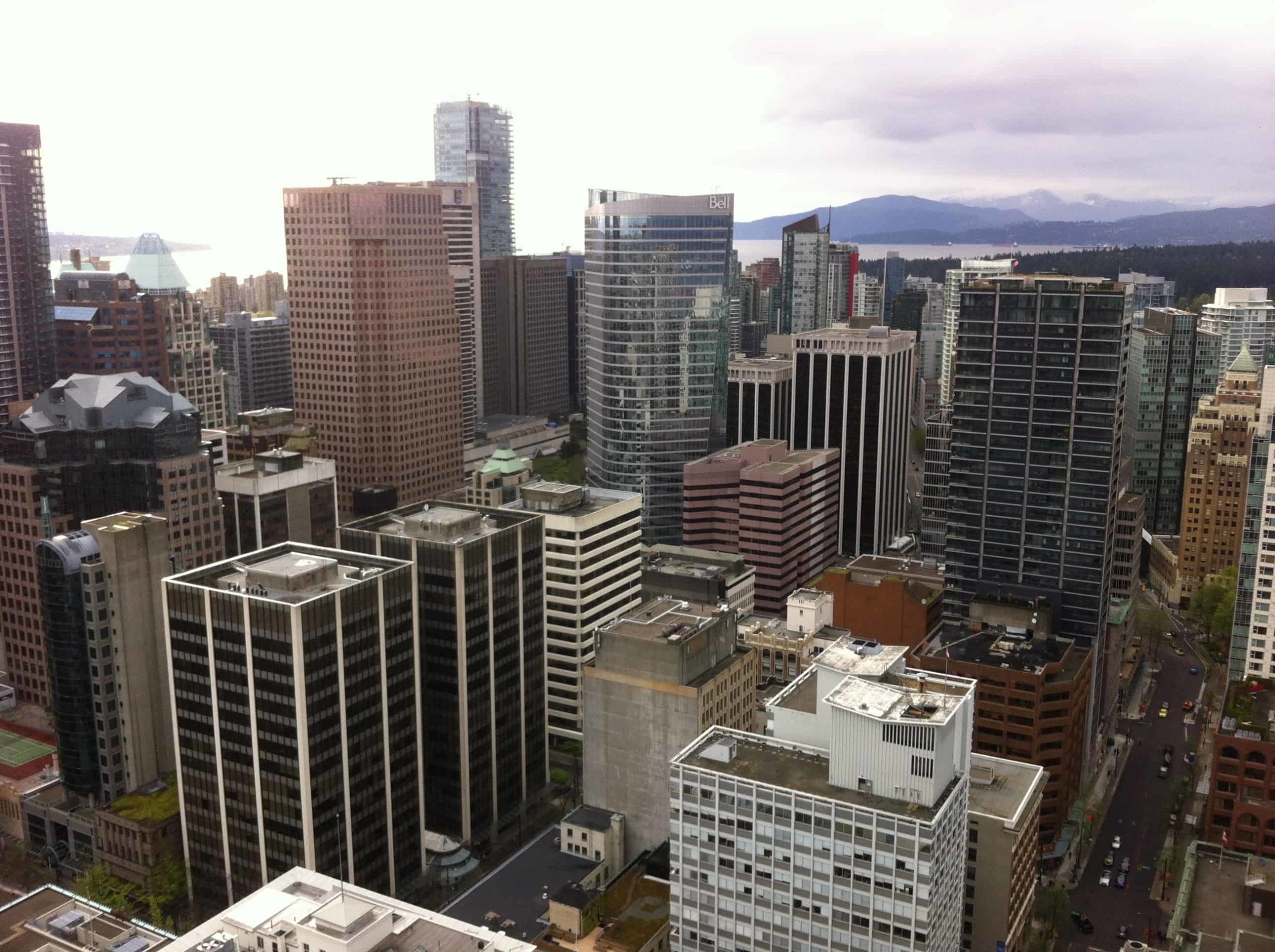smart cities
Smart Cities/ Humble Cities
By: Neerav Kingsland. Why are humble systems so rare in education? Humble systems are rare because their creation requires a massive shift of power away from a bureaucracy and toward educators and families.
What Would Real Community Engagement Look Like?
By: Preston Smith. By taking the time to build a real relationship with parents like Maria and encouraging them to see their own leadership capacity, schools can become catalysts of broader community transformations.
Startup Weekend Edu Phoenix
Startup Weekend Edu came to Phoenix this weekend. T eams worked on preschool reading, classroom guests, real-time feedback for teachers, better PD, autism supports, and small business on boarding. It's more evidence of Phoenix rising as a tech and EdTech hub.
How Government Helps and Harms Entrepreneurs
Thirty years ago there were a couple dozen incubators, now there are a couple thousand; there's even an association. A dated survey suggests about one-third of business incubation programs are sponsored by economic development organizations, one fifth by cities or counties, another fifth by higher education.
Building Innovation Partnerships
Guest Author: Greg Butler. We can no longer count on education systems to ‘fix’ education in isolation, the challenge will require multiple stakeholders working across organizational and sectorial boundaries to collaborate and innovate in continual inquiry based cycles of improvement.
Transforming Your City: A Collaborative Approach
Kristoffer Haines, Rocketship Education, led a fascinating discussion of collaborative urban education transformation on the last day of #SXSWedu.
Smart Cities: Los Angeles (part 2 of 2)
With new blends and more EdTech startups, things are heating up in the City of Angels. Catch Startup Weekend or one of the blended learning workshops.
Smart Cities: Los Angeles Startup Weekend EDU 1/24
Last year, my Smart Cities: LA post complained about the lack of “innovation and collaboration” in the city, but things are more interesting a year later. The first Startup Weekend EDU in the City of Angels will take place on the weekend of January 24th at UCLA Anderson.
Networks, Platforms, & Procurement
Schools in a network share a common mission, pedagogical approach, measurement system, structure, schedule and staffing strategy. Networks are usually horizontal (i.e., same school model and support system), but the concept could be applied to a vertical feeder pattern (e.g.,ReynoldsburgeSTEM) or a small district (e.g.,Mooresville)
Smart Cities: 10 Opinions About What Matters
Tom complied a list of folks thinking about cities and innovation - half from education and half from business and technology.









